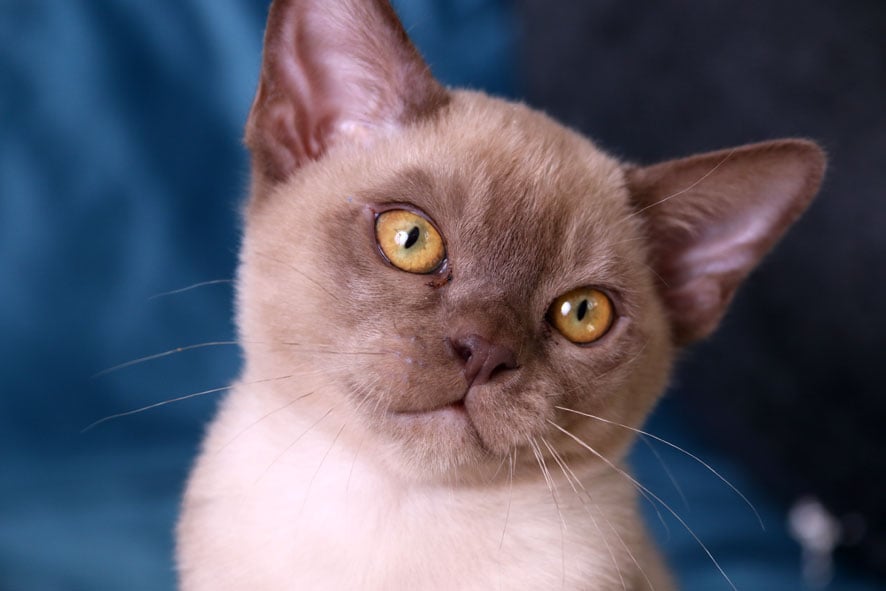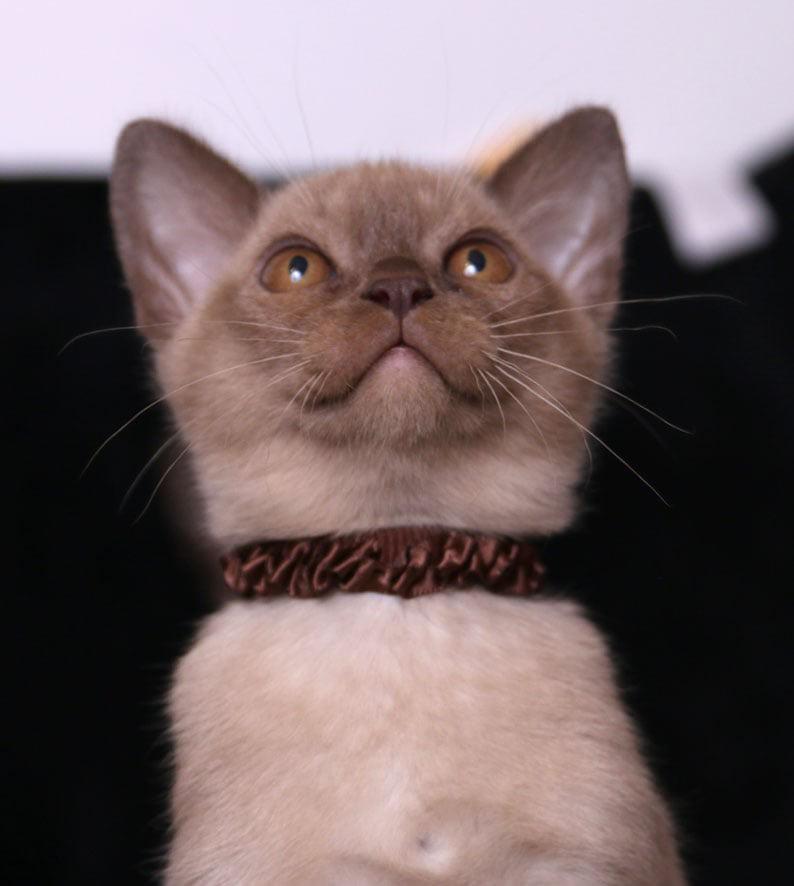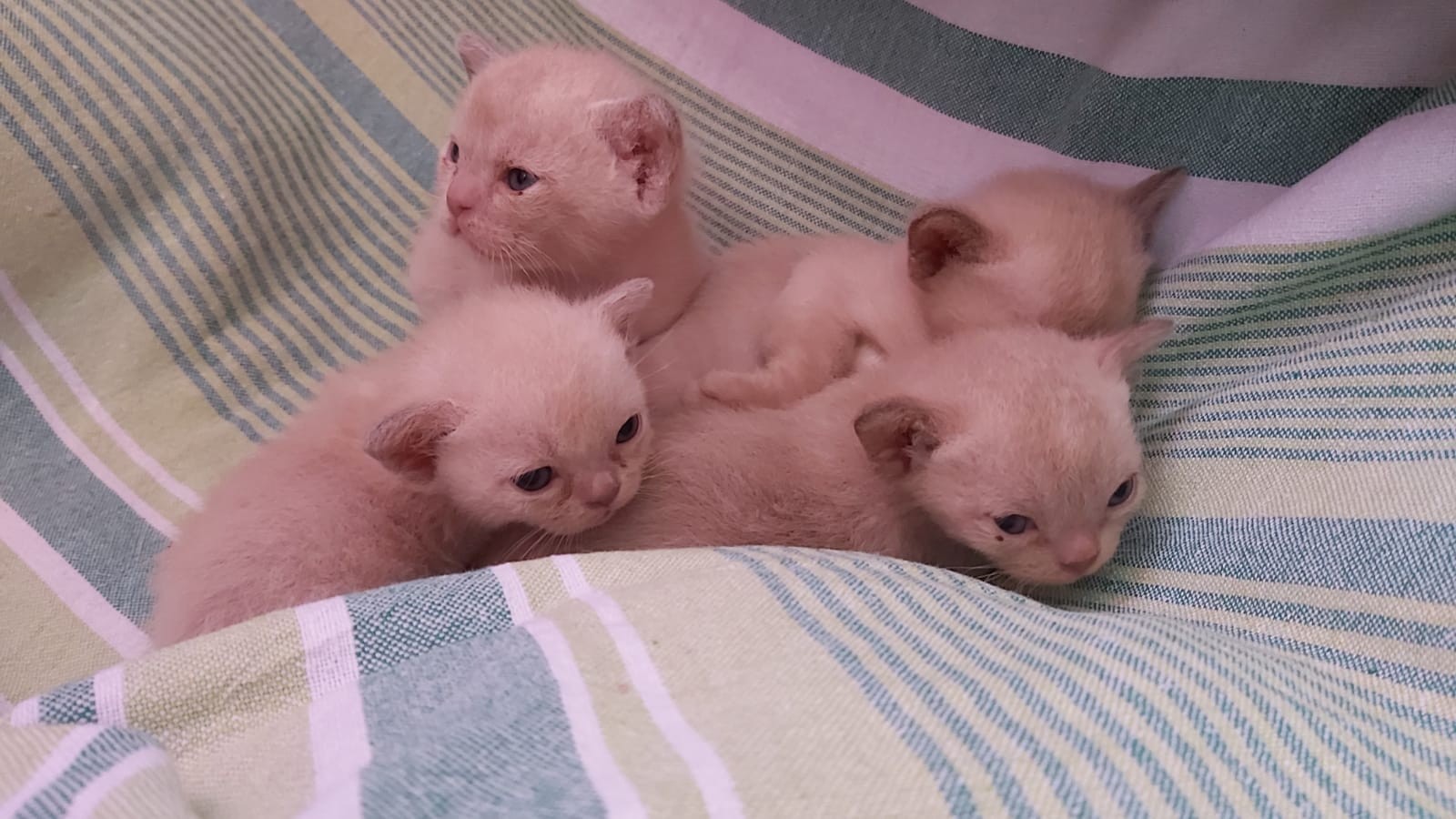
From Temples to Sofas: The Fascinating History of Burmese Cats

With their striking eyes, glossy coats, and dog-like loyalty, Burmese cats are a breed that captures hearts instantly. But beyond their good looks and affectionate nature lies a rich and surprising history—one that spans centuries, continents, and even a bit of scientific drama.
If you’ve ever been curious about where these enchanting felines came from, buckle up. The story of the Burmese cat is as compelling as the cat itself.
Ancient Roots in Southeast Asia
The Burmese cat’s origin story begins in Burma (now Myanmar), where they were revered in Buddhist temples and royal households. Described as sacred temple cats, they were believed to bring good fortune and spiritual balance. Their close bond with humans likely started here, nurtured in peaceful temple gardens and monasteries.
These early Burmese cats were admired not only for their beauty but also for their unusually affectionate personalities. Paintings, scrolls, and manuscripts from the region often feature small brown cats with expressive eyes—traits we now associate with the breed.
Meet Wong Mau: The Cat Who Changed Everything
The modern Burmese cat owes its existence to a single cat named Wong Mau, brought to the U.S. from Burma in the 1930s. She was owned by Dr. Joseph Thompson, a San Francisco-based Navy doctor and cat enthusiast who was intrigued by her unique appearance—dark brown fur with slightly lighter points and a compact, muscular build.
At the time, Wong Mau was believed to be a Siamese variant. But Dr. Thompson noticed her features were distinct from the Siamese cats already in the U.S. To investigate further, he bred her with a Siamese male. The results were fascinating: some kittens resembled Siamese cats, while others looked like their mother—indicating that Wong Mau was likely a hybrid of two types.
This breeding program marked the beginning of the Burmese breed as we know it today.
A Breed Is Born—But Not Without Controversy
The Burmese breed gained recognition in the U.S. in 1936, but things didn’t go entirely smoothly. Some breeders began crossing Burmese cats with Siamese to strengthen the gene pool, which resulted in kittens that no longer had the solid sable coloring of the original line. Because of this, the Cat Fanciers’ Association (CFA) temporarily withdrew its recognition of the breed in 1947.
Breed standards were tightened after that, and Burmese cats had to be bred only from registered Burmese stock. The breed was reinstated, and careful breeding helped maintain the look and temperament associated with the true Burmese.
The Global Spread and Two Distinct Styles
Over time, Burmese cats spread across the world, but two different “styles” of the breed emerged:
- American Burmese: More compact and muscular, with a rounded head and large, expressive eyes. This is the style seen most often in North America.
- British/European Burmese: Slightly more slender with a longer body and head. They also come in more coat colors than the American variety.
Though these types share ancestry, they have been bred with different aesthetic goals in mind, resulting in slightly different appearances—but the same affectionate personality at heart.
More Than Just a Pretty Face
What truly sets the Burmese apart isn’t just their glossy coats or deep gold eyes—it’s their personality. Unlike many ancient breeds that have become more aloof or independent over time, Burmese cats have retained their loving, people-oriented nature. They’re often described as “Velcro cats” because of their need to be near their humans at all times.
It’s no wonder they’ve become so popular in households around the globe.

Fun Facts About Burmese Cats
- The original Burmese coat color is sable—a rich, warm brown—but other colors now exist, especially in the European lines.
- Burmese cats are often referred to as “bricks wrapped in silk” due to their deceptively heavy bodies and sleek coats.
- The breed played a pivotal role in the development of other breeds, like the Tonkinese, which is a cross between Siamese and Burmese.

Final Thoughts
From sacred temples in Southeast Asia to cozy sofas around the world, the Burmese cat has traveled both far and wide—physically and genetically. Their history is a blend of mystery, science, and enduring charm. Whether you’re fascinated by cat history or simply love your Burmese for who they are today, it’s incredible to know they carry such a rich heritage in every purr and headbutt.
So the next time your Burmese cat curls up on your lap or greets you at the door, remember: you’re sharing your home with a living piece of feline history.